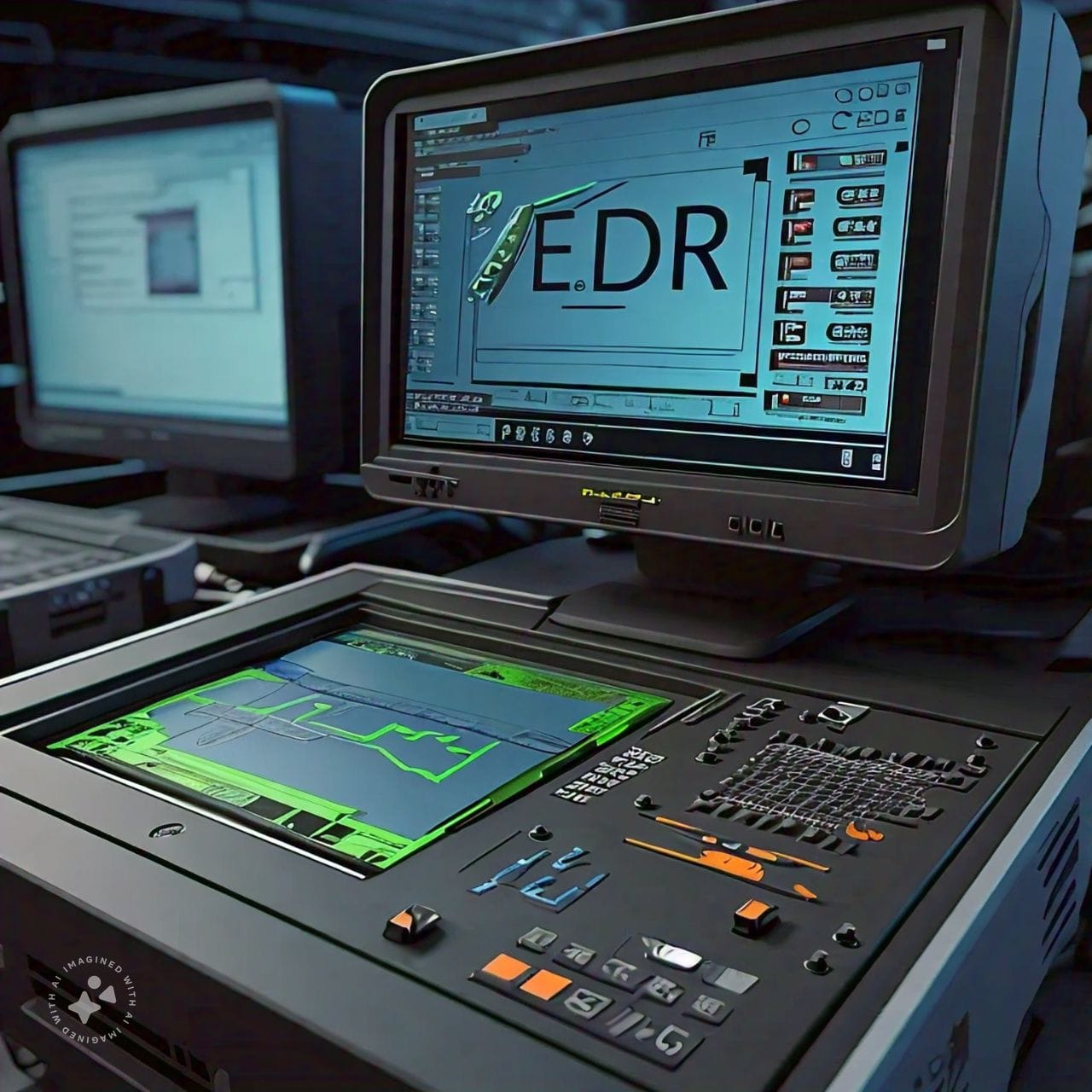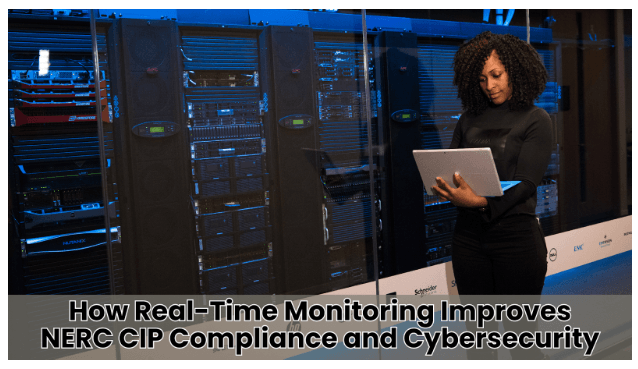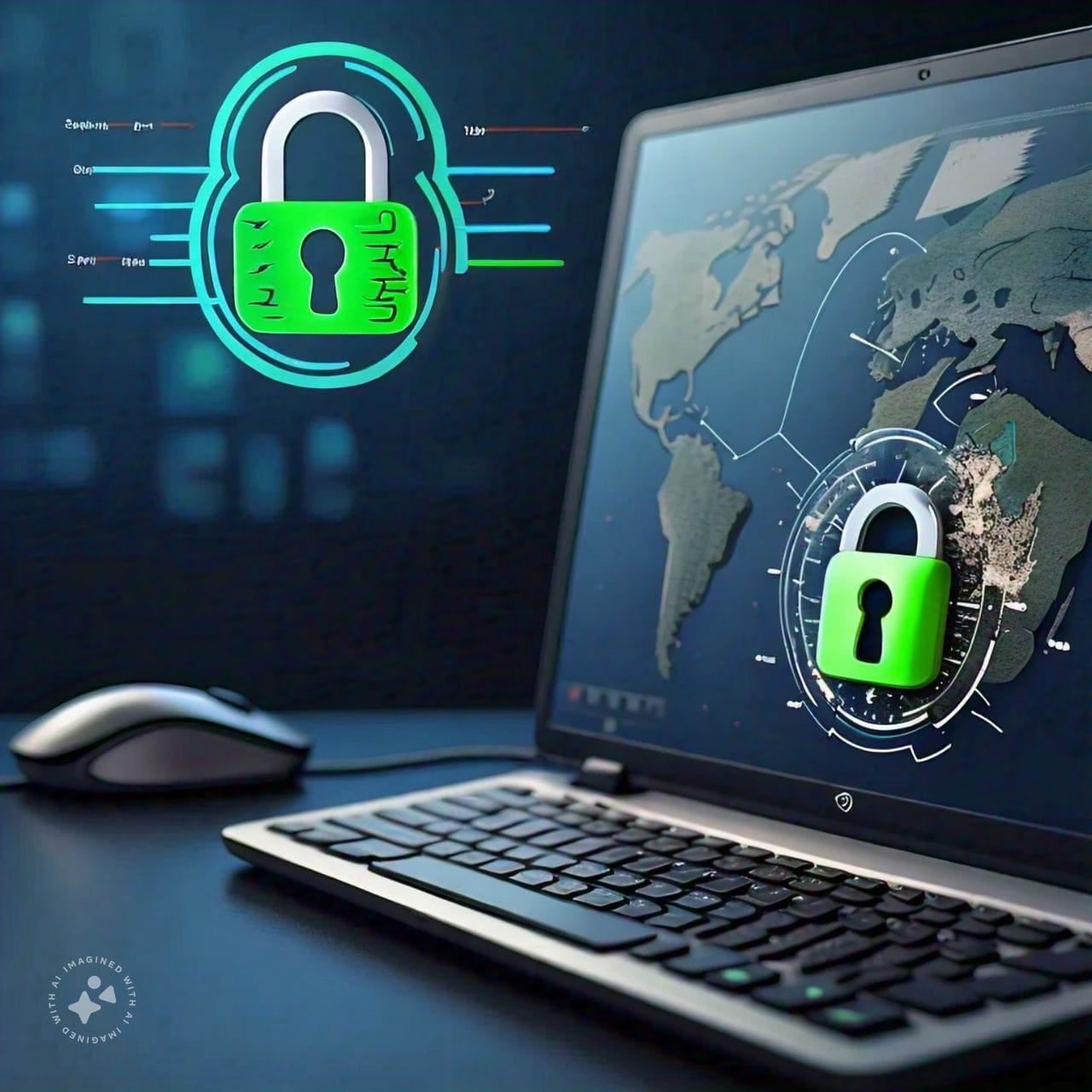In today’s world, protecting business data and systems is one of the top concerns for organizations. Cybersecurity threats are growing in complexity, making it necessary to implement advanced tools to defend against these challenges. Among these tools, EDR software stands out as a key player in the fight against modern cyber threats.
But what is EDR software, and why is it becoming such an integral part of cybersecurity strategies? This article will explain the meaning of EDR software, explore its benefits, and explain how the best EDR solutions enhance security operations.
Understanding EDR Software: What It Is and How It Works
EDR stands for Endpoint Detection and Response. In simple terms, EDR software is a cybersecurity tool designed to monitor, detect, and respond to threats targeting endpoints like laptops, desktops, servers, and mobile devices. Endpoints are often the most vulnerable entry points for attackers, which is why securing them is a top priority for any organization.
The meaning of EDR software lies in its proactive approach to cybersecurity. Instead of relying solely on traditional antivirus programs to block known threats, EDR tools use advanced analytics and machine learning to detect
suspicious behavior in real time.
These systems collect data from endpoints, analyze it for potential risks, and provide actionable insights to cybersecurity teams. This combination of detection and response capabilities makes it a critical part of modern
security strategies.
Why EDR Software Is Different from Traditional Antivirus
While antivirus software focuses on identifying and removing known malware, EDR software goes beyond these basic functions. Traditional antivirus programs use signature-based detection, which works well for known threats but struggles against new or unknown attacks.
In contrast, EDR solutions are designed to address advanced threats that bypass traditional defenses. By continuously monitoring endpoint activity and analyzing patterns, EDR tools can detect anomalies that may indicate a breach, even if the threat has never been seen before. This makes them particularly effective against sophisticated cyberattacks, such as zero-day exploits and fileless malware.
Key Features of EDR Software
The effectiveness of EDR software comes from its range of features, which include real-time monitoring, automated responses, and detailed forensic capabilities. These tools detect threats and allow cybersecurity teams to investigate and respond to incidents quickly.
For example, an EDR system might identify an unusual login attempt on a company server. Instead of simply alerting the IT team, the software can automatically isolate the affected device to prevent the potential spread of malware. This rapid response reduces the damage caused by security breaches and helps organizations maintain their operational integrity.
Benefits of EDR Software in Cybersecurity
The benefits of implementing it are clear for businesses looking to strengthen their cybersecurity defenses. By integrating EDR tools, companies gain greater visibility into their networks and the ability to respond to threats in real time.
One significant advantage of it is its ability to reduce the impact of cyberattacks. Because these tools detect threats early and respond quickly, they minimize the time hackers have to exploit vulnerabilities. This can save organizations from significant financial losses and reputational damage.
Another key benefit is the detailed reporting and analytics that EDR tools provide. These insights allow IT teams to understand the nature of an attack, identify weaknesses in their security posture, and take steps to prevent future incidents.
Selecting the Best EDR Software for Your Organization
Choosing the best software depends on the specific needs of your organization. Factors to consider include the size of your business, the number of endpoints you need to protect, and the types of threats you are most concerned about.
The best EDR software solutions offer a combination of strong detection capabilities, ease of use, and scalability. They should integrate seamlessly with your existing IT infrastructure and provide robust support for your cybersecurity team. Vendors often offer trials or demos, which can help you evaluate their software before committing to a purchase.
The Role of EDR Software in a Comprehensive Security Strategy
While EDR software is a powerful tool, it is most effective when used as part of a broader cybersecurity strategy. Organizations should view EDR as one layer of defense among many. Firewalls, intrusion detection systems, and employee training programs all play essential roles in securing a network.
That said, EDR software fills a unique niche in cybersecurity by focusing on endpoint protection. It works alongside other tools to provide a more comprehensive approach to threat management. By addressing vulnerabilities at the endpoint level, EDR solutions help create a stronger overall security framework.
The Future of EDR Software
As cyber threats continue to evolve, it is also advancing to meet these challenges. Modern solutions increasingly incorporate artificial intelligence and machine learning to improve their detection capabilities. These technologies enable EDR tools to identify complex attack patterns that traditional systems might miss.
Another trend in the development of the software is its integration with other cybersecurity tools. For example, many vendors now offer solutions that combine EDR with security information and event management (SIEM) systems. This allows organizations to centralize their threat detection and response efforts, improving efficiency and reducing the time it takes to address incidents.
Overcoming Challenges in Implementing EDR Software
While its benefits are clear, implementing these tools can come with challenges. Organizations may face issues such as limited budgets, a lack of skilled IT staff, or difficulties integrating the software with existing systems. However, these obstacles can often be overcome with proper planning and support from the EDR vendor.
One way to ensure a smooth implementation is to involve key stakeholders in the decision-making process. By collaborating with IT staff, management, and external consultants, organizations can select an EDR solution that aligns with their goals and resources.
Training is another critical factor in successful EDR deployment. Providing cybersecurity teams with the knowledge and skills to use the software effectively ensures that the organization can maximize its benefits.
Conclusion
In a world where cyber threats are constantly changing, EDR software offers a proactive and reliable way to protect your organization’s endpoints. Its ability to detect, analyze, and respond to threats in real time makes it an invaluable addition to any cybersecurity toolkit.
By integrating these solutions into a broader security strategy, organizations can strengthen their defenses and reduce the risk of costly data breaches.
Investing in EDR software is more than just a technical upgrade—it’s a step toward a safer and more secure digital environment for your business. With the right tools and strategies in place, you can better protect your sensitive data and maintain the trust of your clients and partners.

















